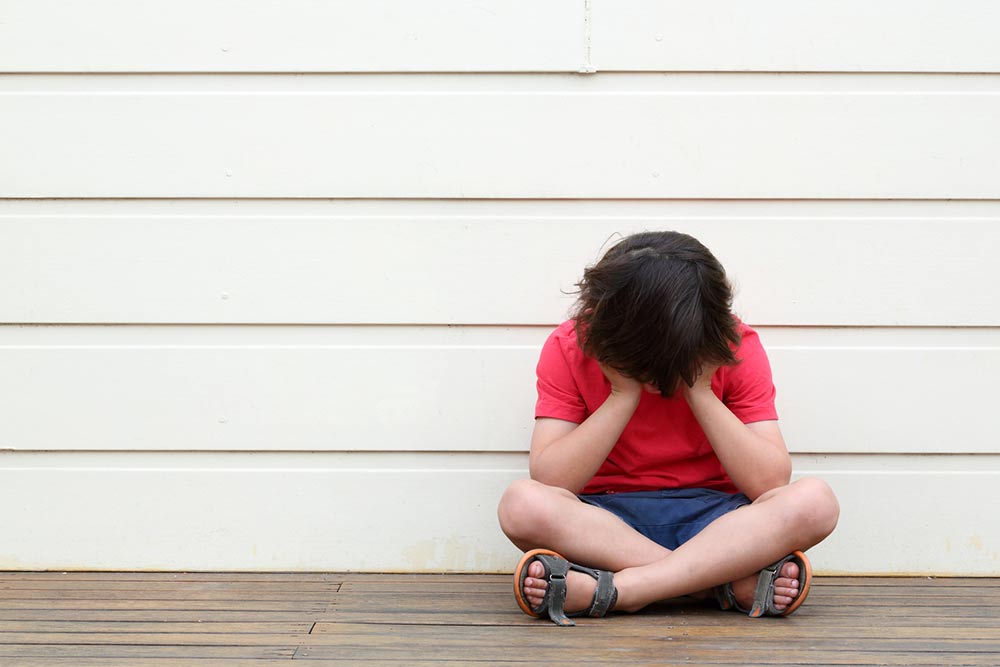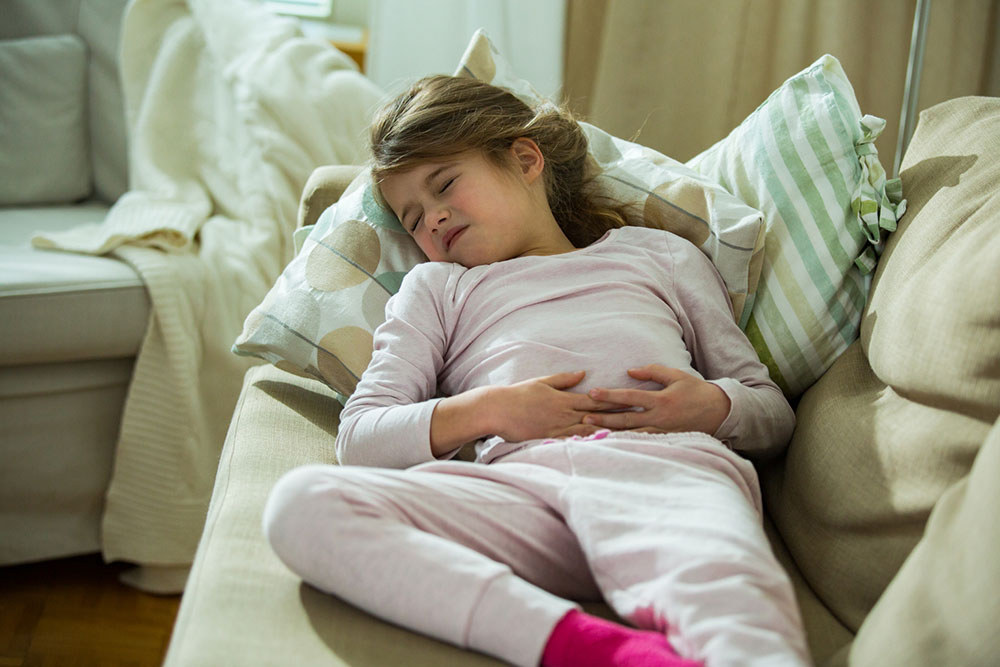Child neglect – Common signs and ways to deal with them

Childhood emotional neglect occurs when a child’s basic emotional requirements are not adequately met by their caregivers. Sometimes, emotional neglect also happens when other needs, such as proper clothing, food, education, and healthcare, are not sufficiently provided. This can cause distress and harm to the child. To help a child suffering from emotional neglect , it is important to recognize the various signs and learn effective ways to deal with them.
Common signs of childhood emotional neglect
Childhood emotional neglect can manifest due to physical as well as emotional needs not being met. Some of the common signs are:
Drastic changes in behavior
A child undergoes extreme changes in their behavior when they experience emotional and physical neglect over a long time, such as for several months or years. For instance, a child with a naturally exuberant personality may become sad or disinterested in things they once enjoyed. They may withdraw and isolate themselves, refusing to socialize with their peers. Some may even become extremely clingy to a parent/caregiver. Some children may exhibit aggressive or obsessive behaviors. Often, childhood emotional neglect can lead to paranoia, anxiety, and depression in some cases. In severe cases, children may develop antisocial behavior as a result of prolonged neglect.







